The kit
It arrived from the Far East in an anti-static bubble bag.
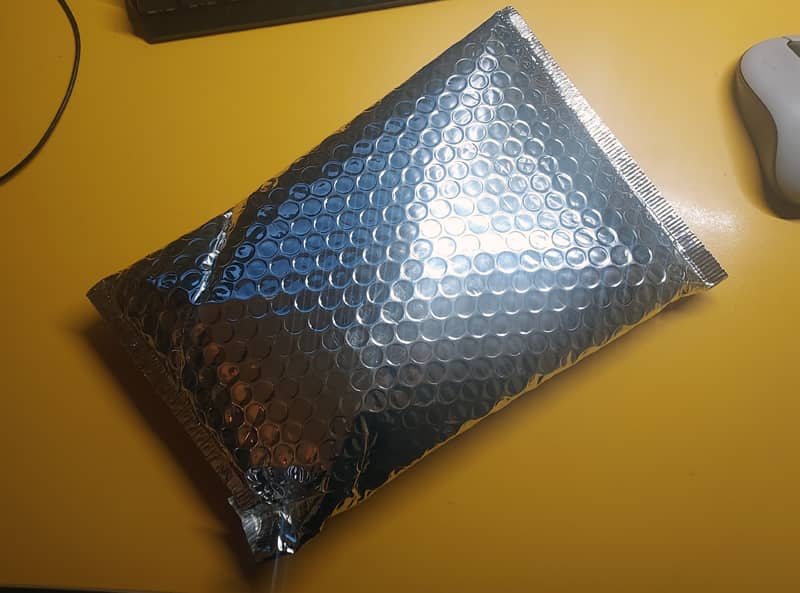
All the tools go inside this other bag.

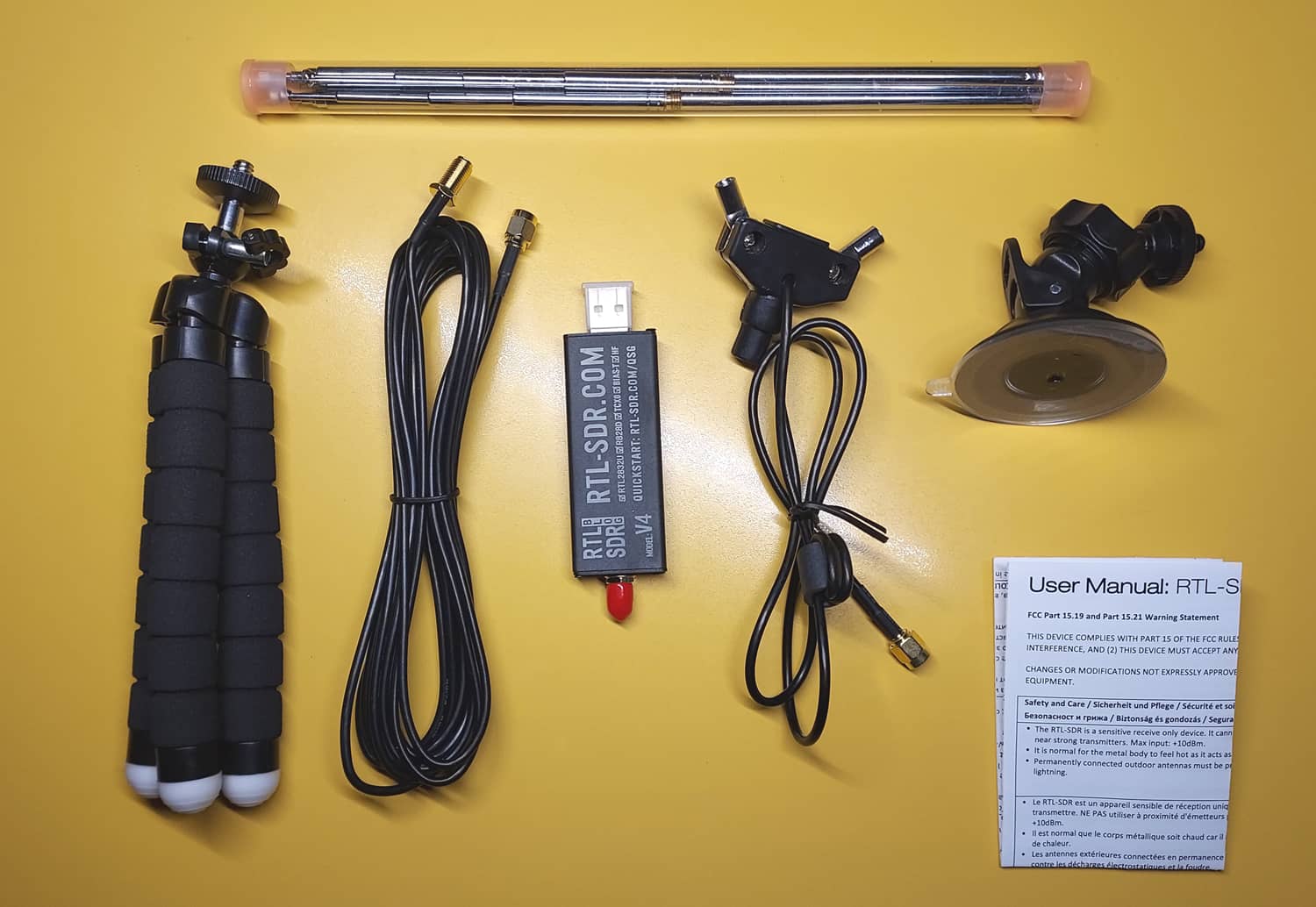
Above, the four arms of the two telescopic antennas (the long one from 23cm to 1m and the short one from 5cm to 13cm) inside a tube with two plastic caps.
From left to right: tripod with flexible legs with 1/4 male screw, 3m RG174 coaxial cable with male and female SMA connectors, the dongle, the dipole with 60cm of cable (also RG174), a suction cup with articulated head with 1/4 male screw and a very short paper manual.

The V4 works between 500Khz and 1766 Mhz. To know in depth its specifications and applications, nothing better than to go to the official website where they do a very good job explaining even the smallest details about the receiver.

This version, released in August 2023, comes in a black aluminium body to aid heat dissipation (one of the problems with the V3, which heated up like a toaster). It looks sturdy and well finished, although some screws don't seem to go all the way in.

Another thing that caught my eye straight away was that the USB connector is offset or bent upwards and is noticeable to the naked eye. I thought it had arrived faulty or bent from a knock, but there's no slack in it. It's holding firm, so I don't know if it's arranged this way by design or for some other reason that escapes me. In other reviews I also found that this deviation is pointed out


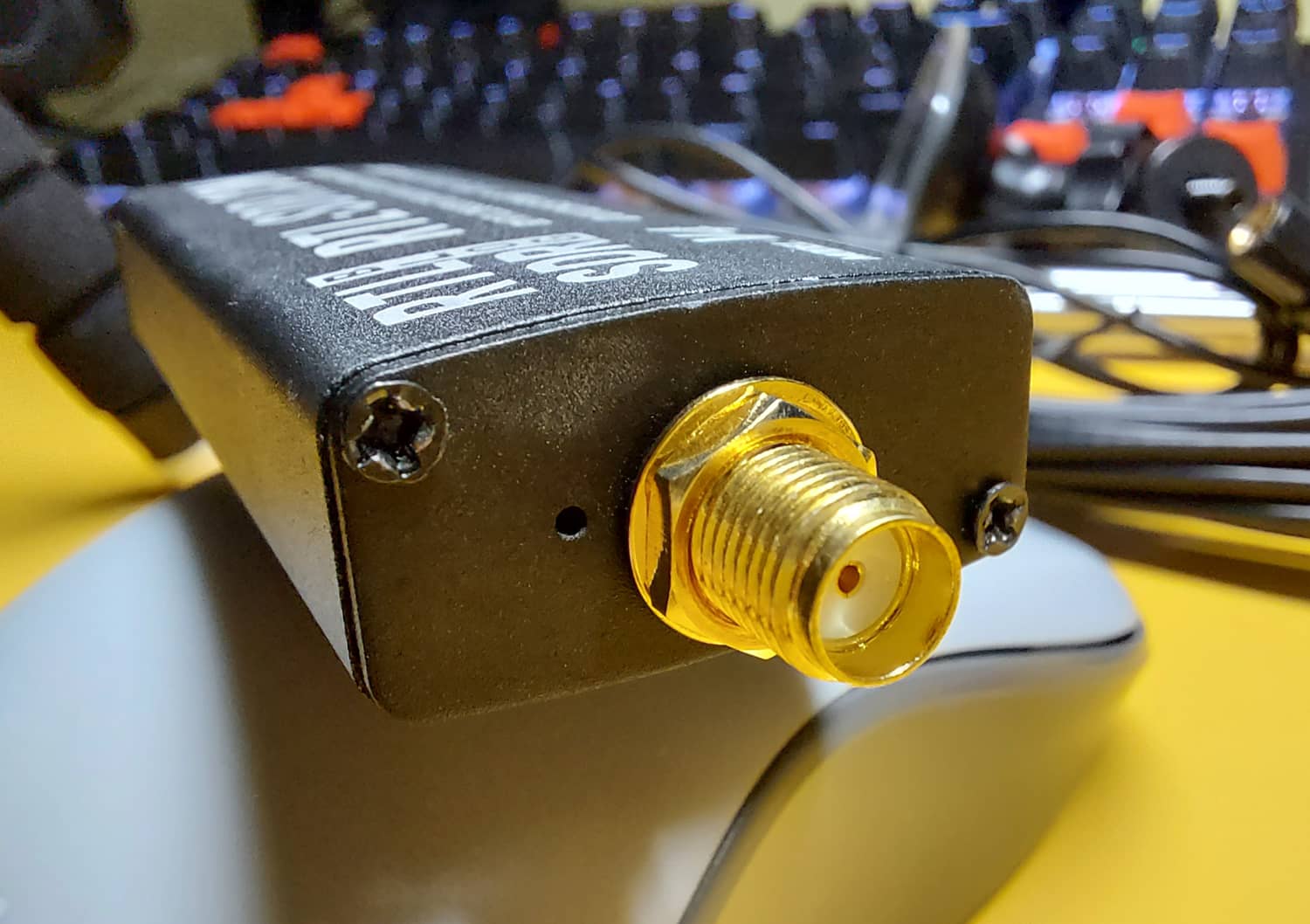
Another roll is the width. Its 2.70 cm makes it impossible to plug it into a common HUB or into computers with several busy connectors on the sides if they are not further apart than usual.
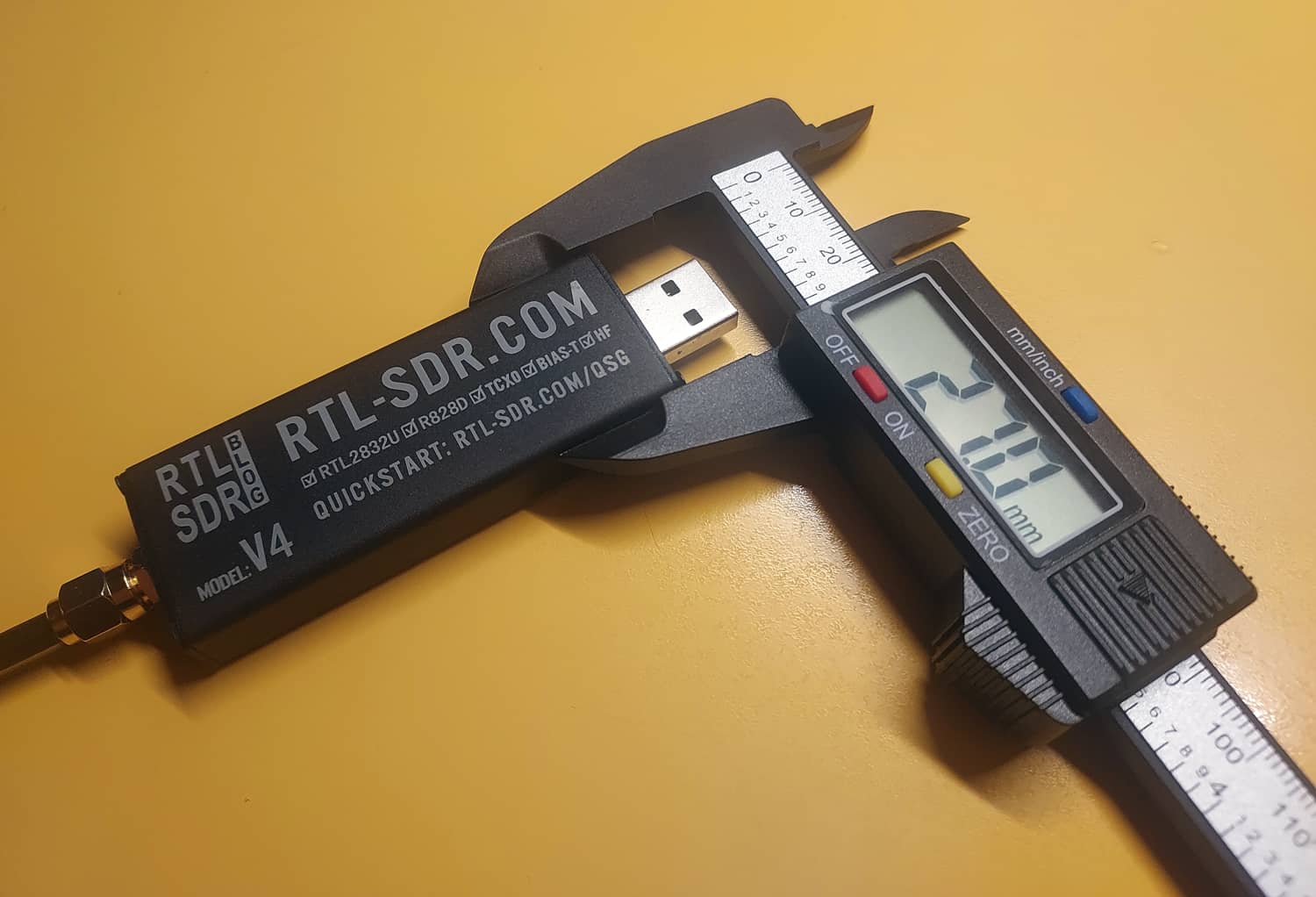

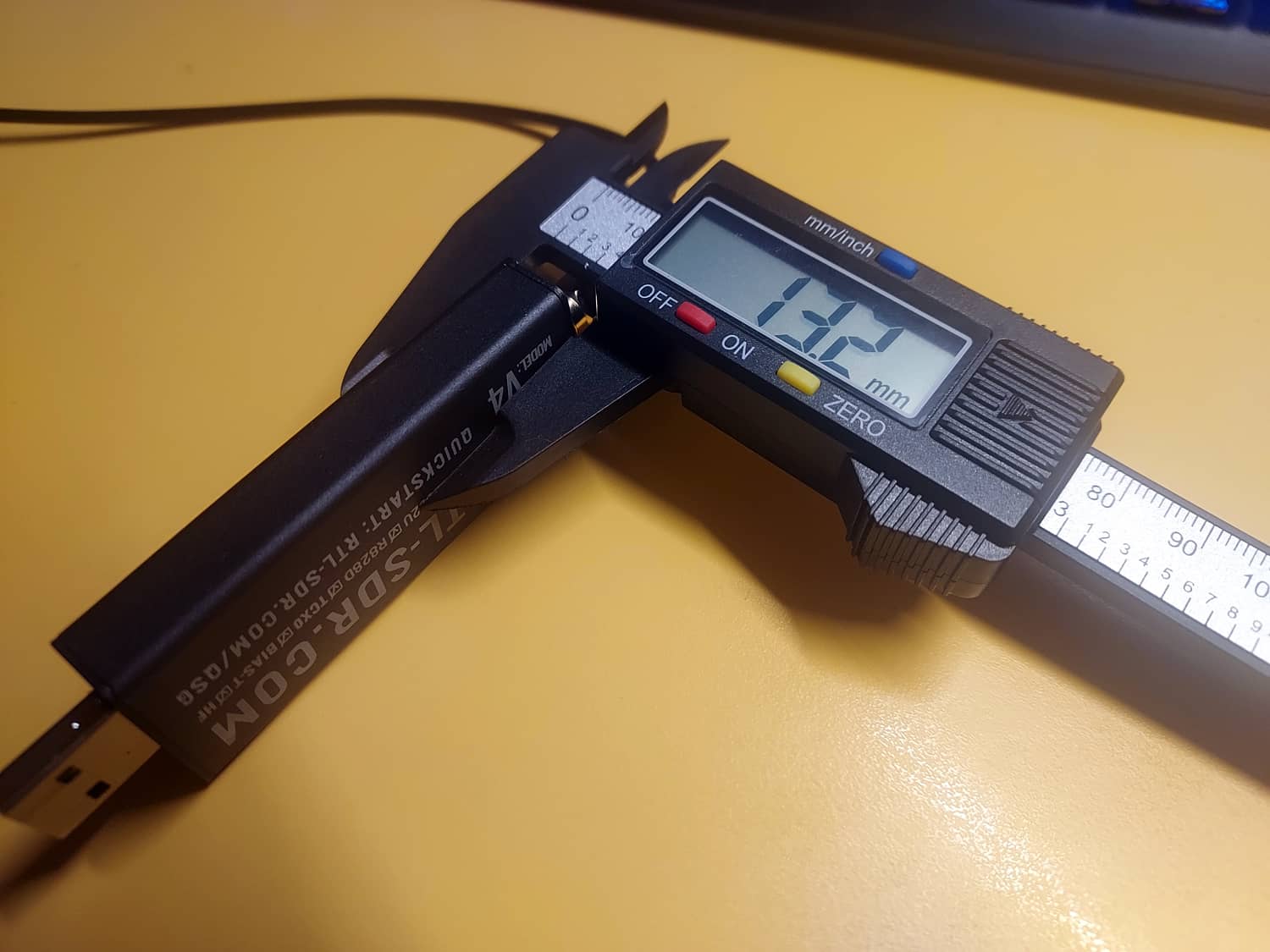
The small tripod with foam-covered legs included in the kit looks flimsy at first glance, but it is not. It behaves quite well and allows you to mould its legs so that you can even hook it up by hugging a ledge or shelf of a bookcase.
It should be noted that the whole thing is rather more minuscule than it looks in the photos.
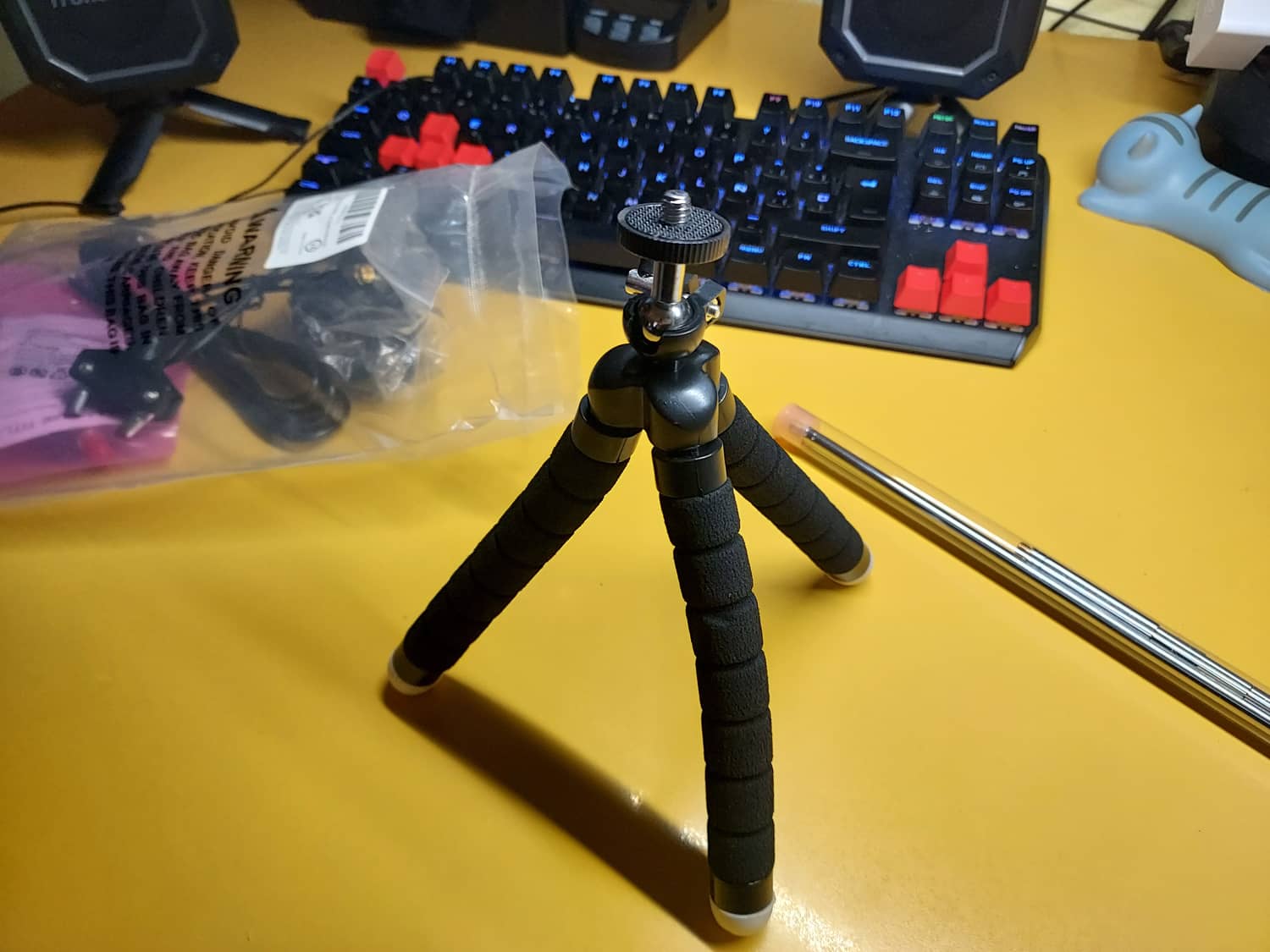


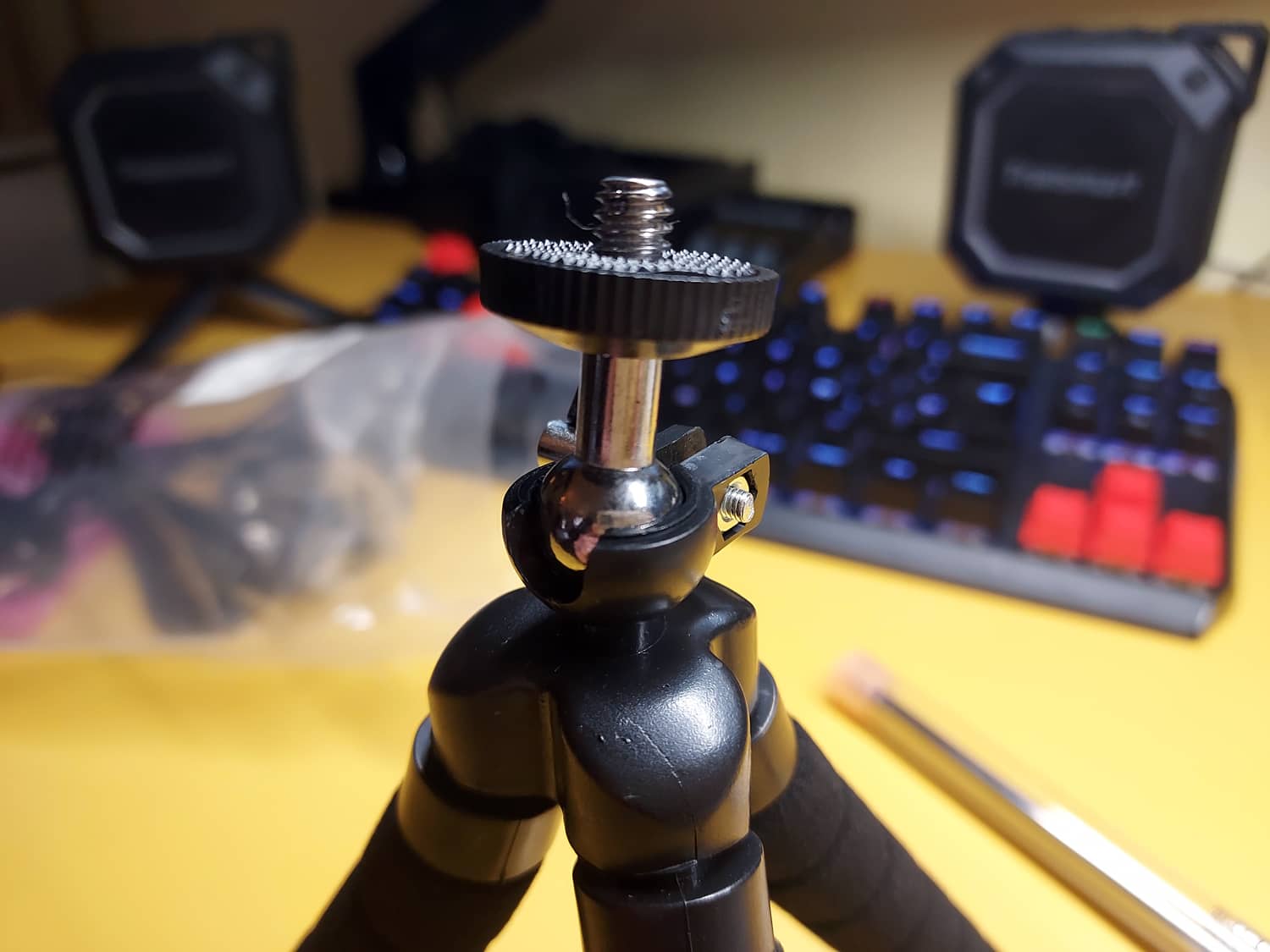
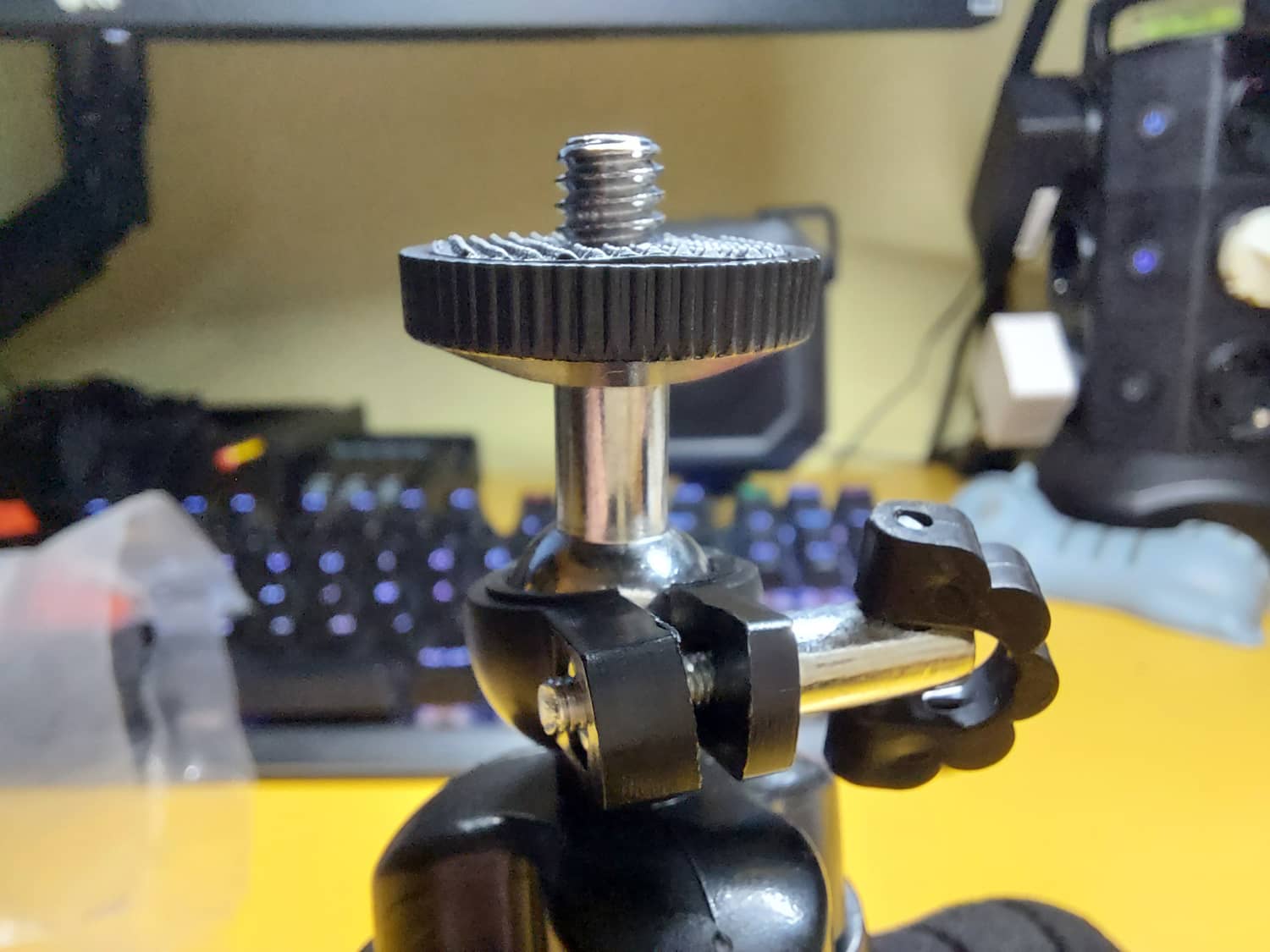
The suction cup with ball-jointed head also performs decently on glass or other smooth, clean surfaces and supports the weight of the horizontally arranged dipole well with its longer arms unfolded.
However, it is not suitable for attaching to the roof of a vehicle if you intend to drive on the road
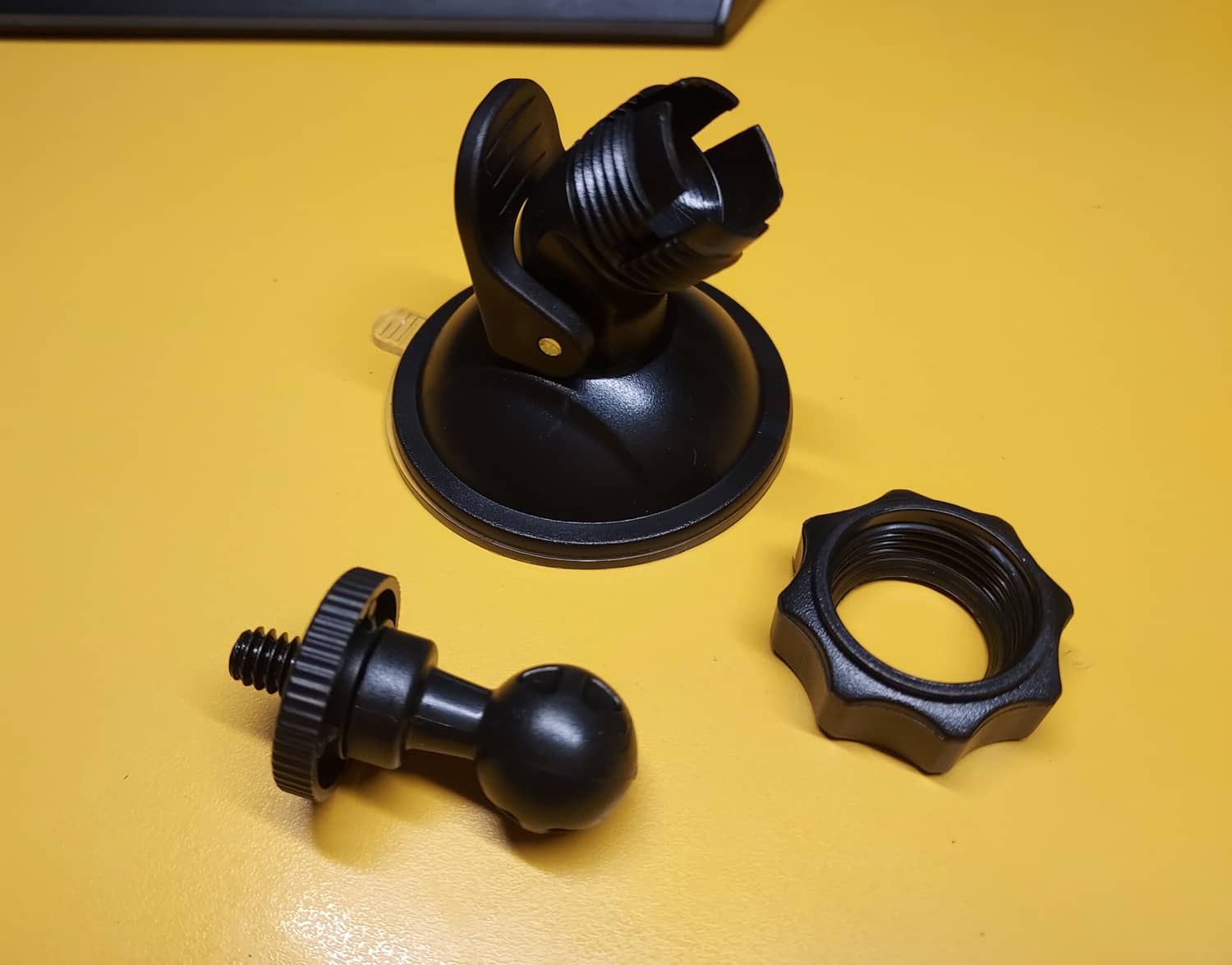

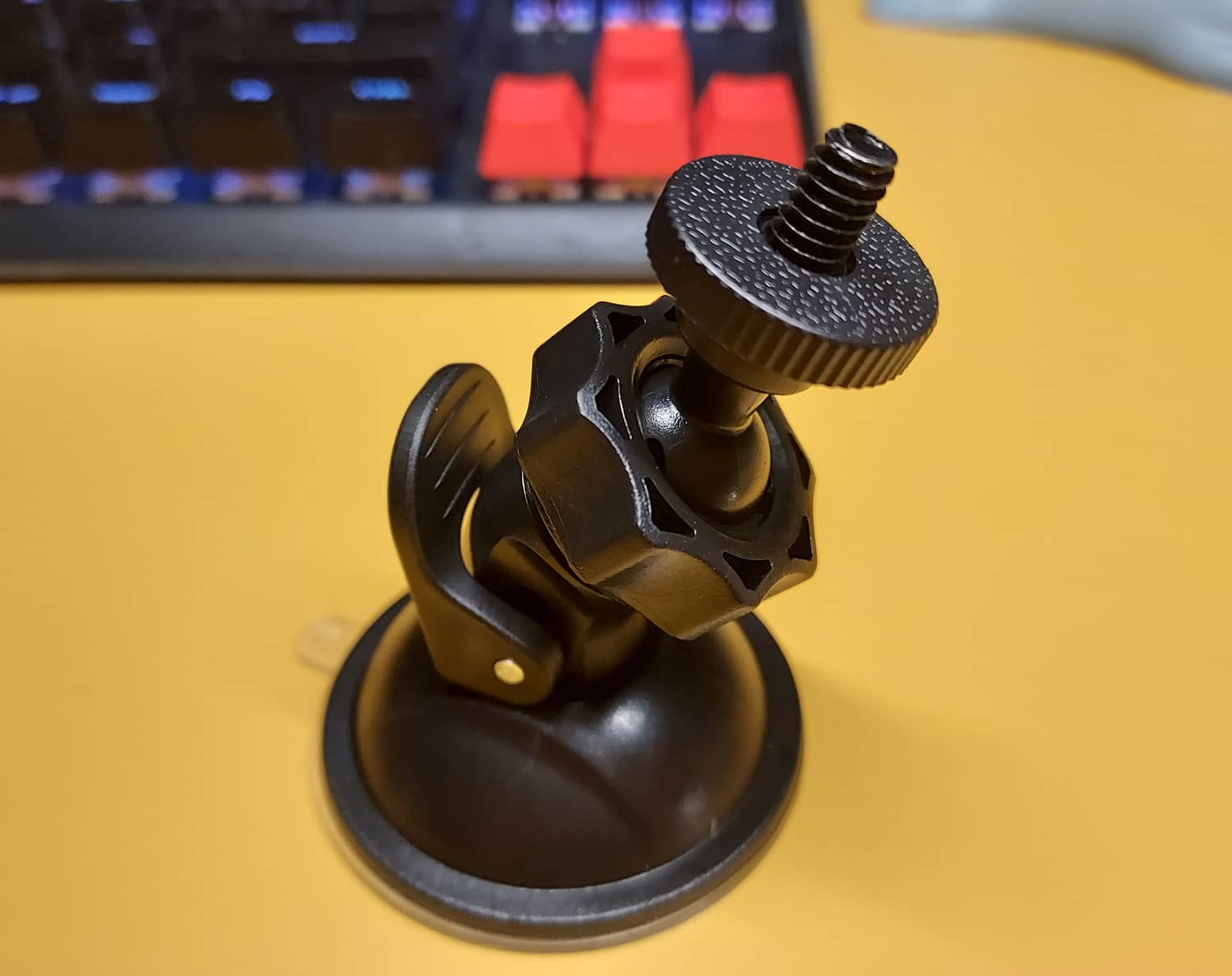


As for the antennas, the smaller one looks like a toy antenna and they are clearly insufficient unless you are in a prime location, but, yes, when placed in a V-shape they do give a very cool retro TV horn antenna look.
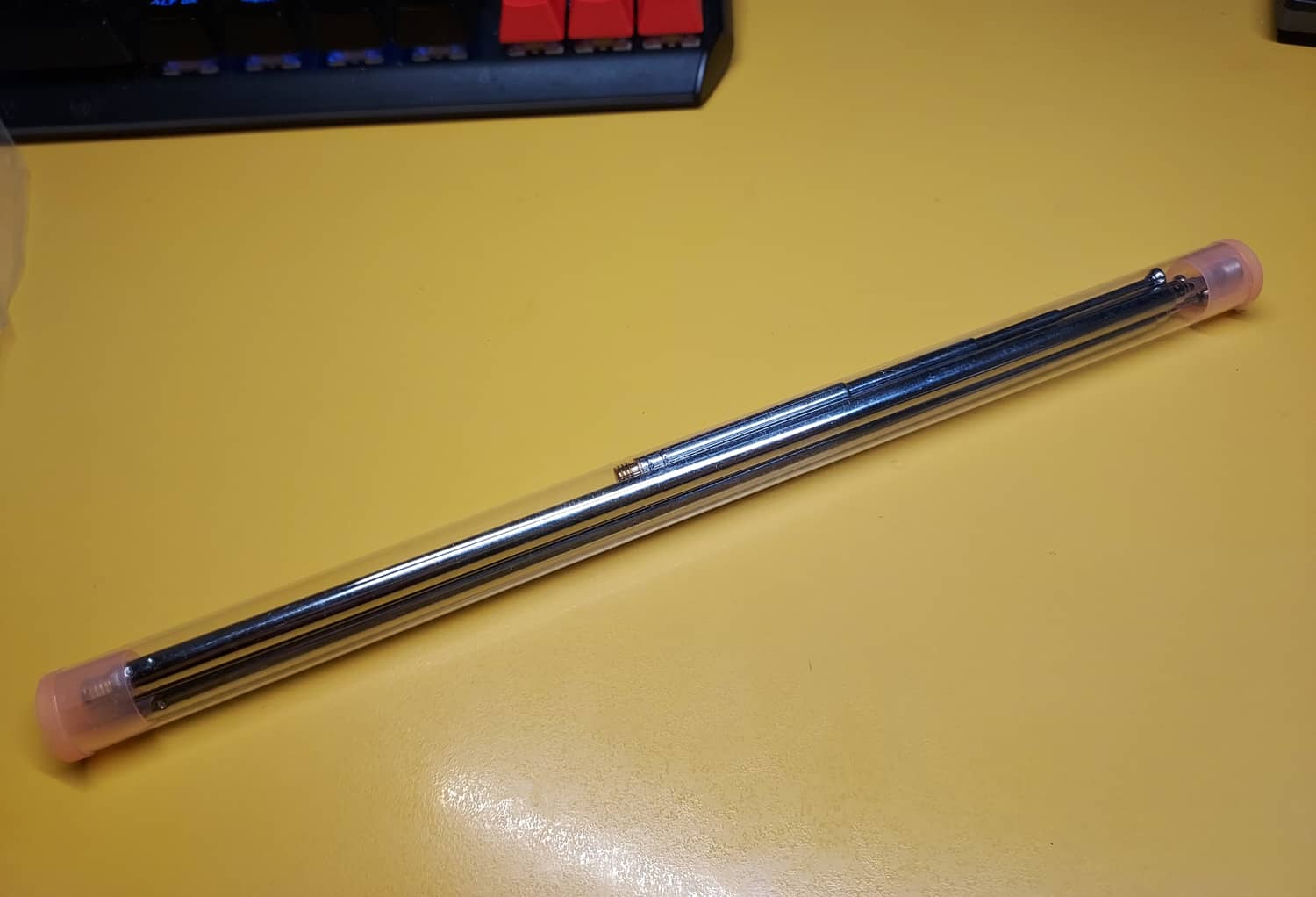
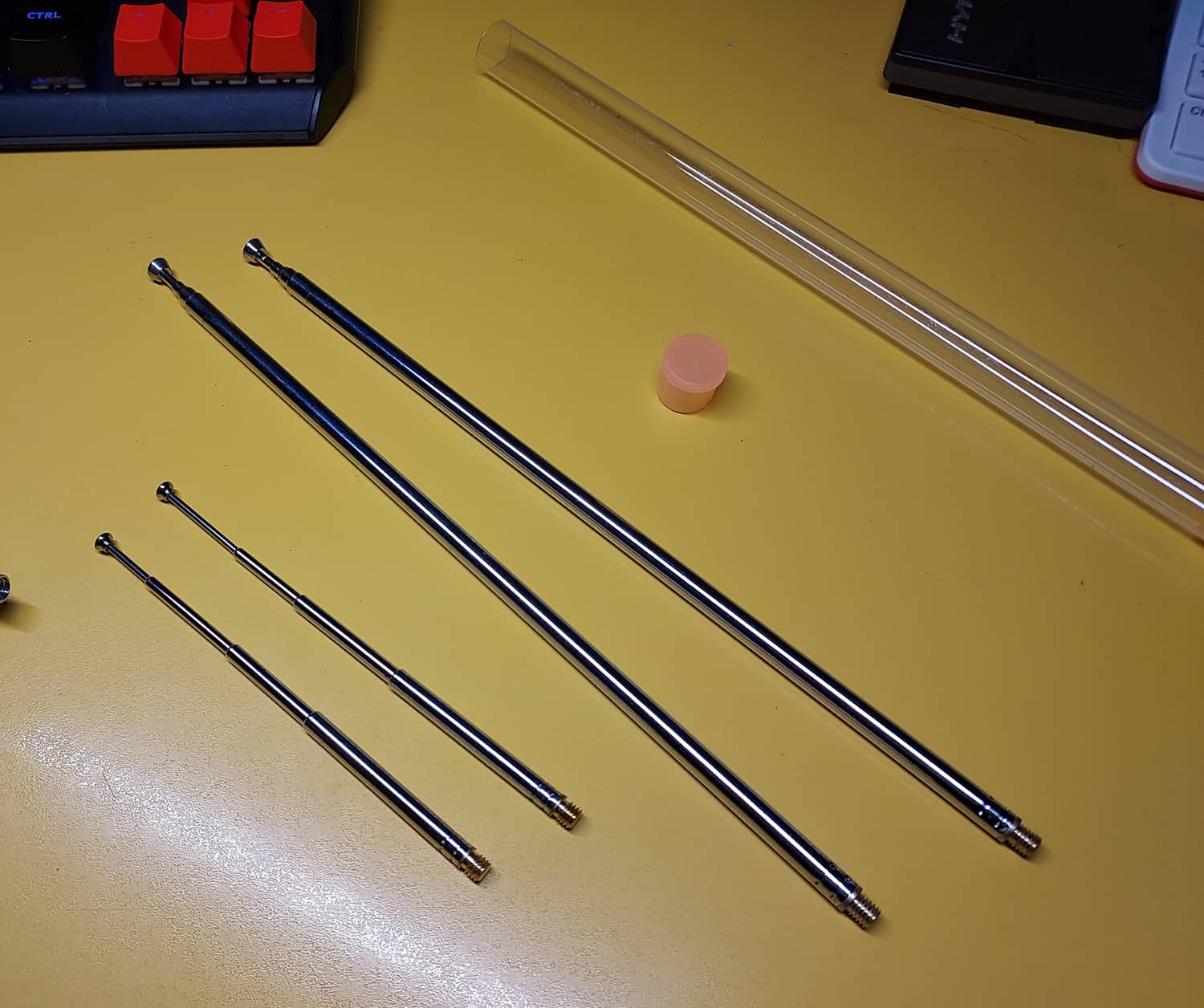
The cable is also weak, the RG214 coaxial is not exactly the best you can put in a rig that is intended to listen to and filter out weak signals.
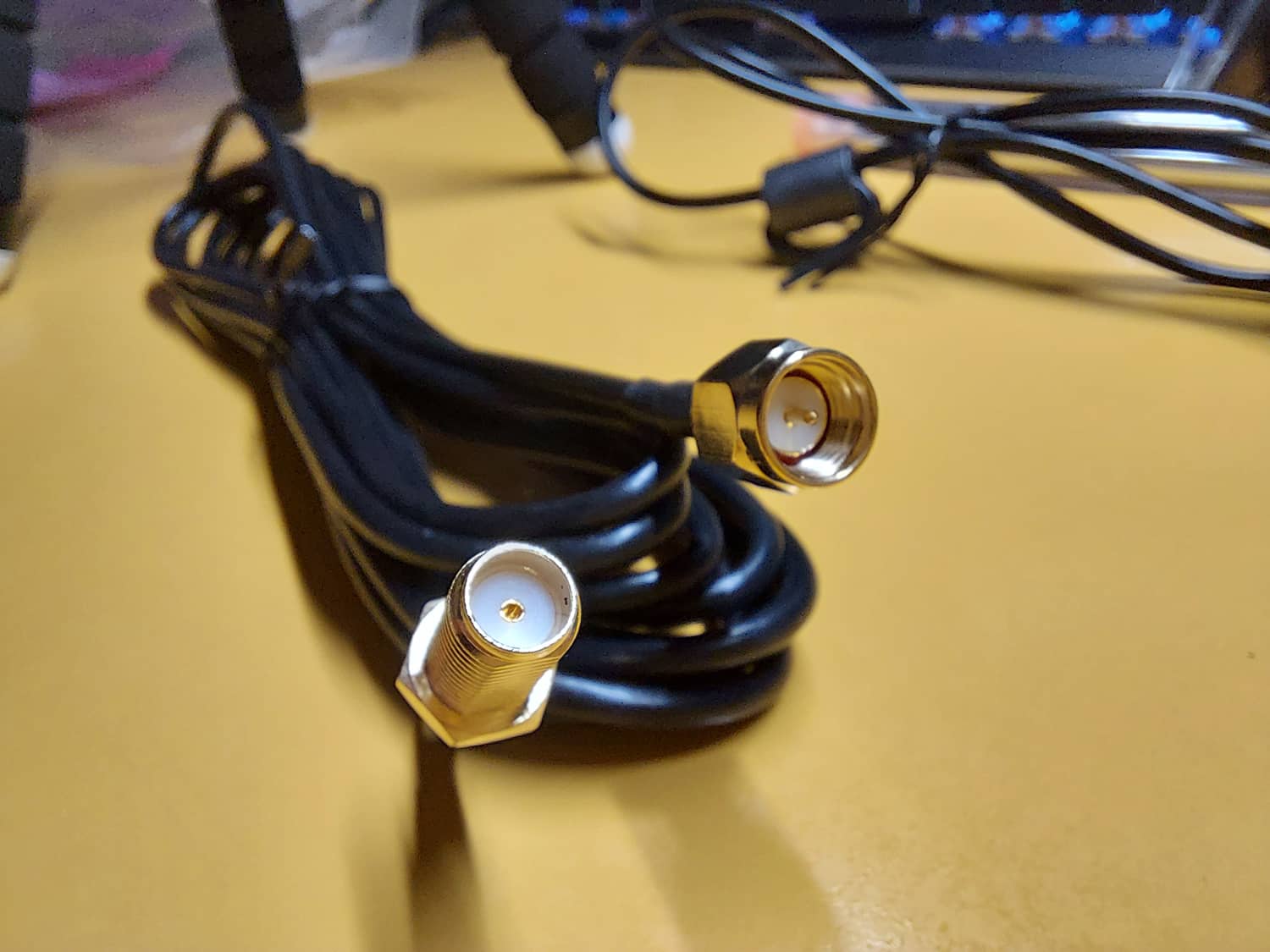
The dipole, which is not intended for permanent outdoor use, is not a marvel of science either, and its plastic finish indicates as much. The arms fall off from time to time, especially in a horizontal position, and you have to keep tightening the screws that hold them in place.
Here you can read everything the manufacturer advises about the use and adjustment of the antenna.
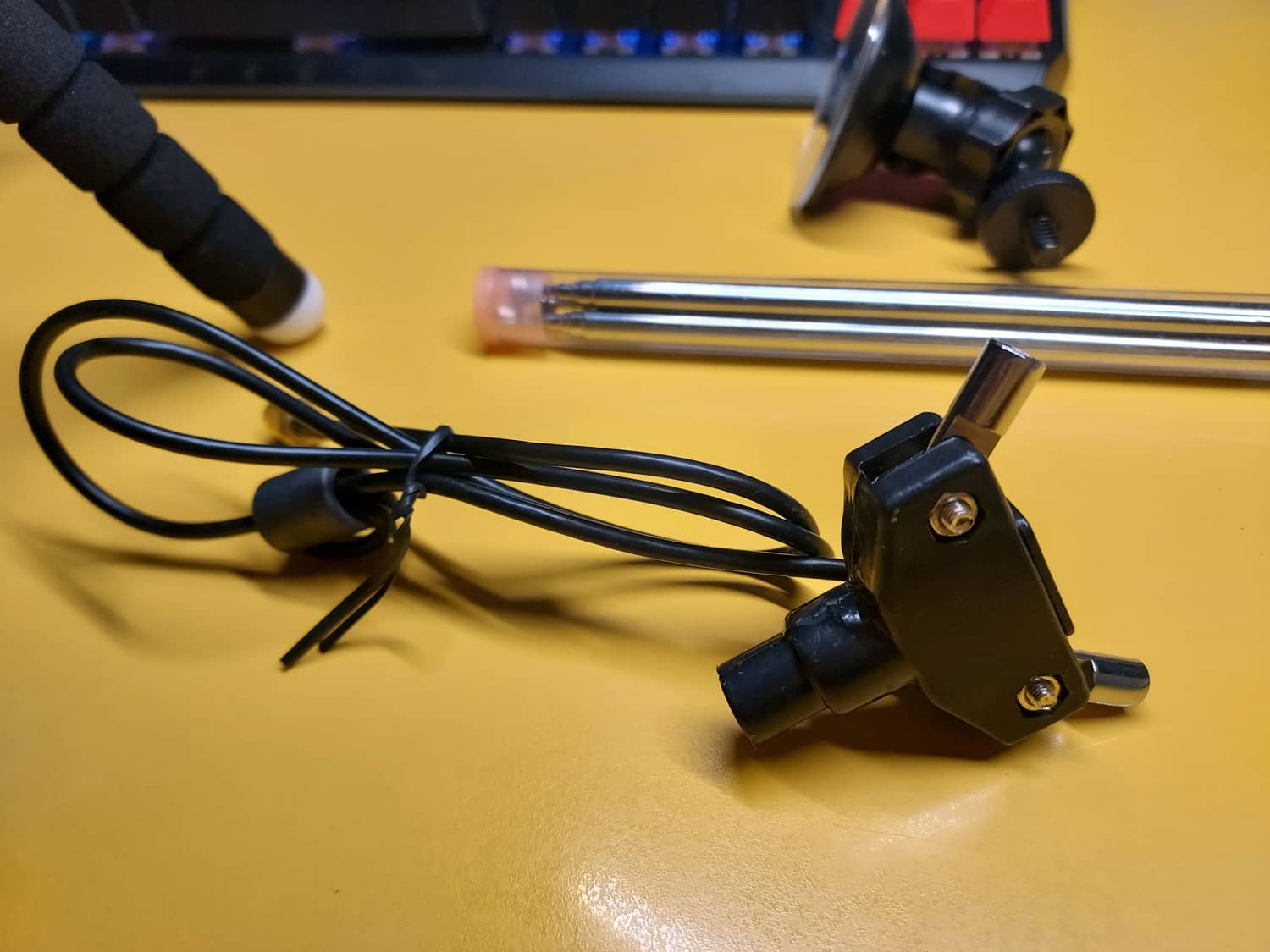





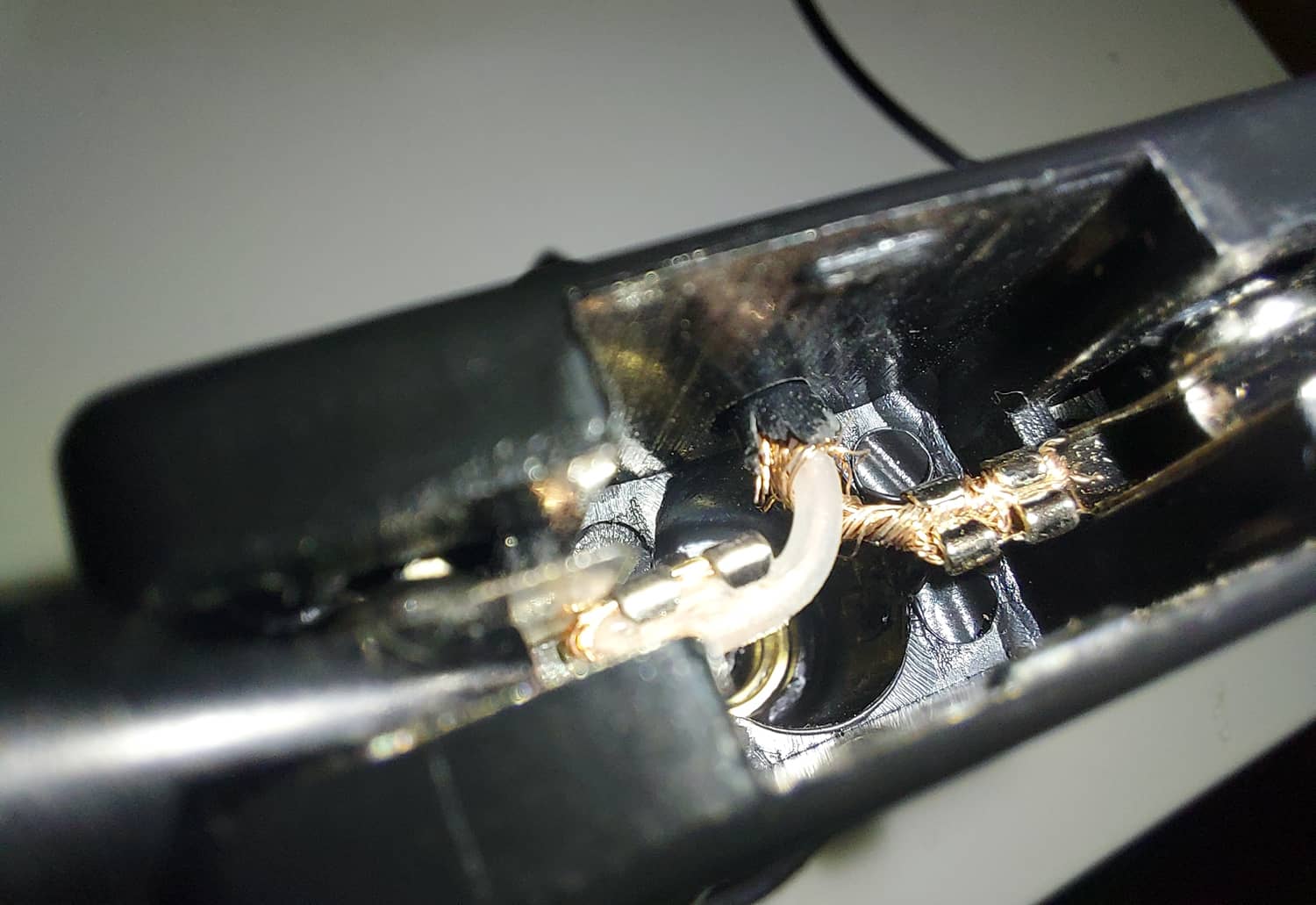
I have already had time to put the antenna in almost all possible positions and sizes and although all the accessories seem weak, with use you don't get the feeling that they are going to break right away.
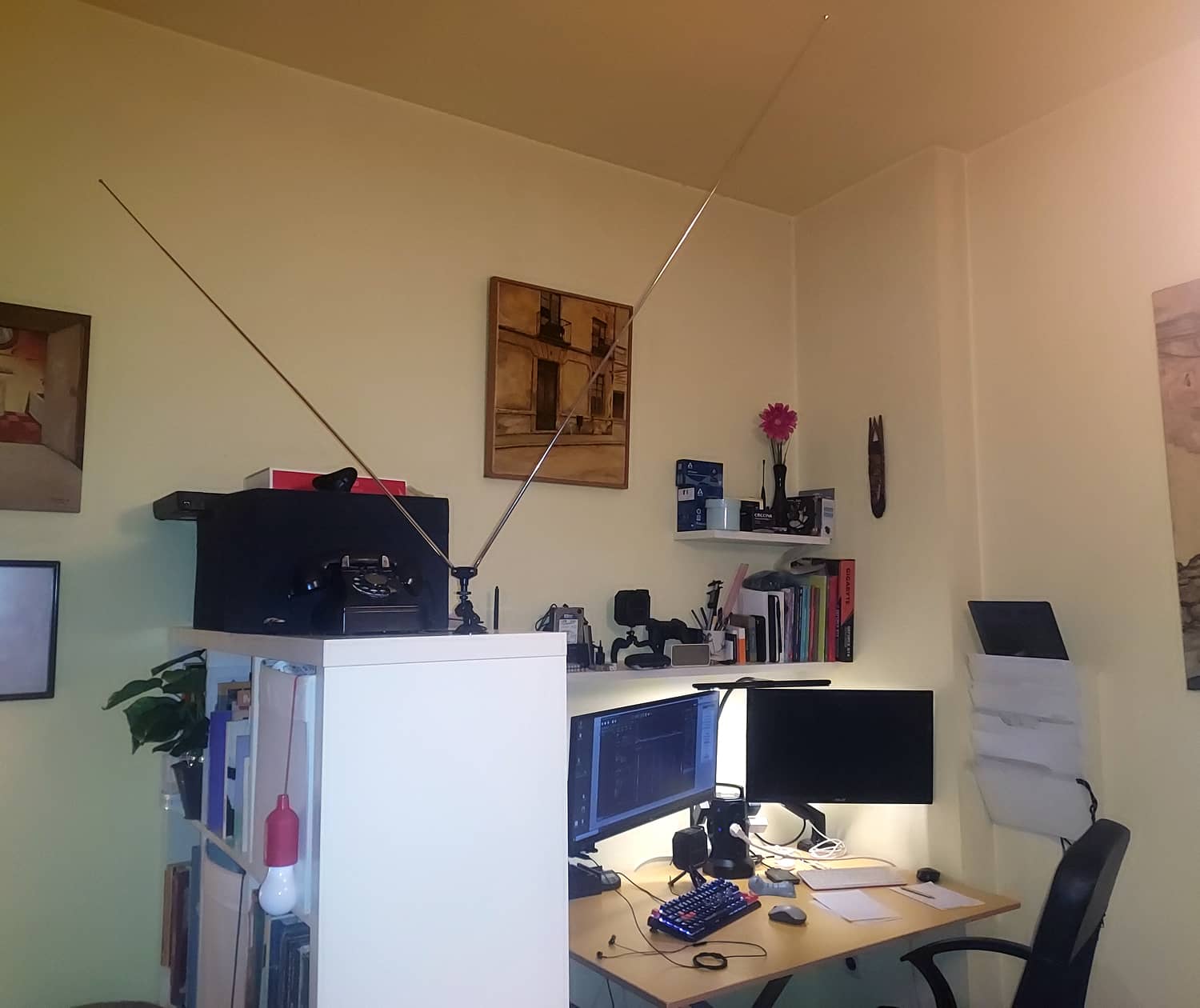
The suction cup is surprisingly strong enough to grip and hold the (little) weight of the antenna.
On the whole it is acceptable. A fun, inexpensive device and, if you are new to ham radio, it may surprise you and even infect you with the vice of wanting to listen to infinity and beyond.

Next installments:
Installation and use of SDR# Sharp software.
First tests of the MLA 30 active loop antenna






